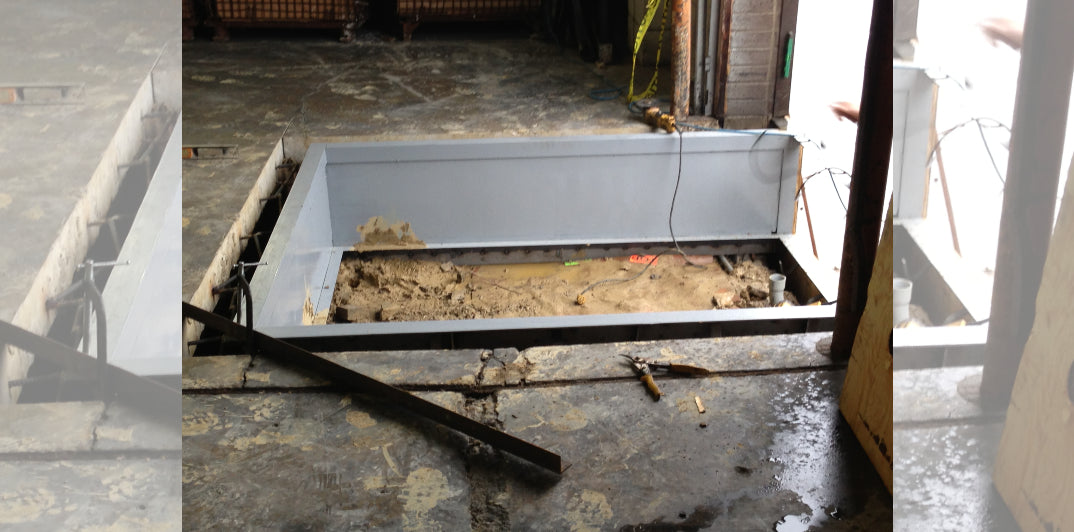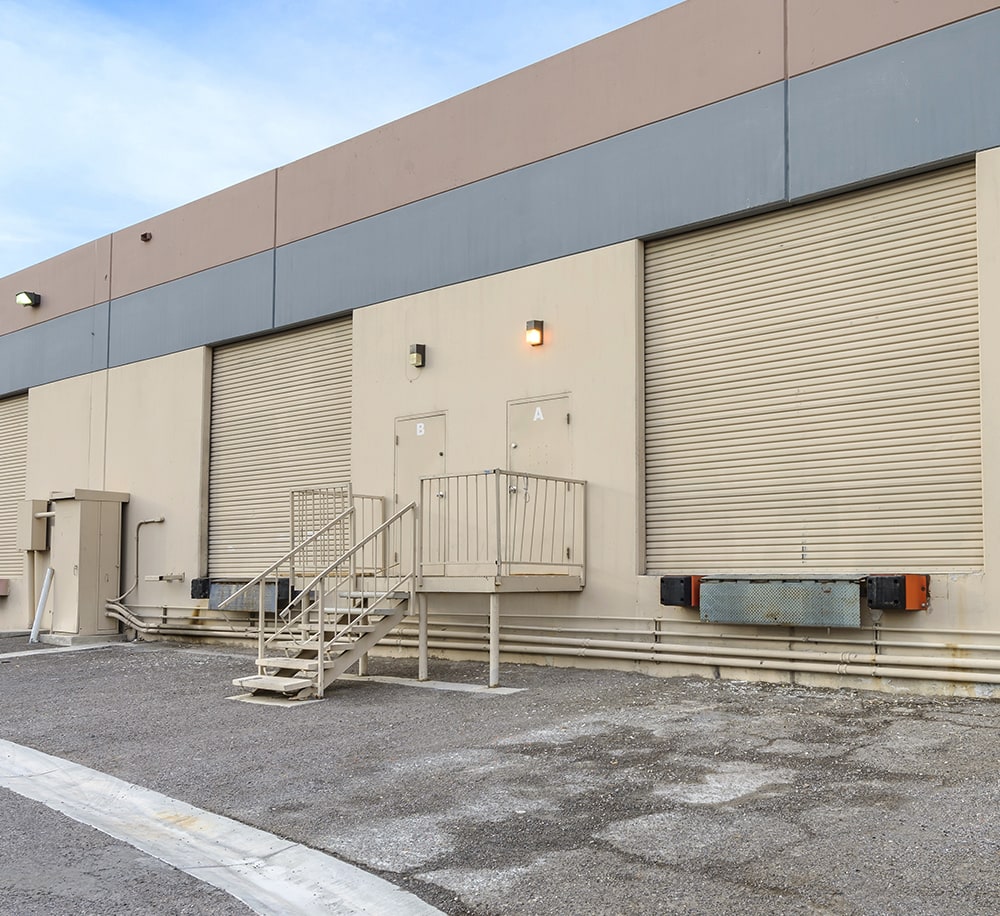Common Problems That Lead to Costly Dock Repairs
Common Problems That Lead to Costly Dock Repairs
Blog Article
Reliable Dock Repair Service Techniques: Ensuring Architectural Integrity
Making certain the structural stability of docks through reliable repair service methods is extremely important for the durability and safety of aquatic centers. Ultimately, choosing the right repair materials, such as composite products and corrosion-resistant alloys, is critical for sturdiness.
Evaluating Dock Damage
Evaluating dock damage is an essential initial step in making sure the architectural honesty and security of any type of docking facility. Secret aspects to check out consist of the dock's structure, pilings, decking, and equipment (Dock Repairs).
Structural designers or certified inspectors typically carry out these assessments using specialized methods and devices. As an example, undersea examinations may use sonar devices or remotely operated automobiles (ROVs) to spot immersed damages. Above water, visual assessments are enhanced by utilizing wetness meters and other analysis tools to reveal underlying issues not instantly visible to the naked eye.

Finding Repair Work Products
Choosing the appropriate repair service materials is a pivotal action in the dock repair process, one that directly influences the longevity and efficiency of the fixed structure. Product choice have to be driven by aspects such as ecological problems, load-bearing requirements, and compatibility with existing dock components. Timber is a conventional selection for anchors due to its all-natural resilience and aesthetic appeal. Nevertheless, choosing the appropriate sort of timber, such as pressure-treated lumber or naturally rot-resistant species like cedar or teak, is critical to hold up against aquatic atmospheres.
In addition to wood, composite products are progressively prominent due to their toughness and reduced upkeep demands. Composites, commonly made from a blend of plastic and timber fibers, supply outstanding resistance to rot, insects, and UV damage. For metal anchors, picking corrosion-resistant alloys such as galvanized steel or marine-grade aluminum is important to avoid rust and ensure architectural integrity in saline water problems.
Epoxy resins and marine-grade sealants are vital for repairing splits and sealing joints, offering a waterproof barrier and enhancing the dock's overall strength. By carefully choosing top quality products, dock repair services can achieve long-lasting results, thus protecting versus future destruction and guaranteeing risk-free, dependable usage.
Architectural Reinforcement Techniques
Reliable structural reinforcement strategies are vital in making certain the security and durability of dock repair work. One basic approach entails using steel or composite support bars (rebar) within concrete structures. Rebar gives added tensile stamina, avoiding fractures and distributing loads more uniformly. This method is specifically efficient for anchors revealed to heavy loads or rough environmental problems.
One more important method is the application of fiber-reinforced polymers (FRP) These materials use high strength-to-weight ratios and excellent resistance to deterioration, making them suitable for strengthening concrete or wood docks. FRP can be used in strips or sheets and bonded with epoxy resins to improve architectural integrity.
Supporting and anchoring systems additionally play a critical function in structural support. Cross-bracing, making use of steel or wooden light beams, can counteract side pressures, reducing swaying and motion. Securing systems, such as helical piers or driven heaps, supply a steady foundation by moving tons to much deeper, much more steady dirt layers.
Finally, the combination of load-distribution plates can aid distribute weight a lot more evenly throughout the dock's surface, alleviating localized tension factors. These strategies collectively make sure that anchors remain durable and secure, with the ability of withstanding the rigors of their functional atmosphere.
Advanced Repair Approaches

Another sophisticated method entails undersea welding, which permits repair services to be performed without the need to dewater the area. This approach is especially helpful for attending to architectural issues in immersed dock components, ensuring marginal disruption to operations. Improved welding techniques, combined with robot systems, provide precision and integrity, therefore prolonging the lifespan of the dock.
Furthermore, cathodic defense systems are applied to stop rust in metal dock structures. By utilizing sacrificial anodes or satisfied existing systems, these techniques efficiently alleviate the electrochemical procedures that bring about product wear and tear.
Finally, advanced surveillance innovations, such as architectural health surveillance (SHM) systems, provide real-time data on the condition of dock frameworks. These systems allow proactive upkeep and prompt treatments, ultimately making sure the long-lasting structural stability of the dock.
Maintenance and Prevention
Maintenance and avoidance are essential principles that underpin the longevity and safety and security of dock frameworks. Routine inspections are vital, permitting very early detection of deterioration, prospective weaknesses, and ecological impacts. A positive technique, entailing regular look for deterioration, rot, and structural changes, alleviates expensive repairs and extends the have a peek at this site dock's operational life.
Safety nets ought to consist of using safety finishings to steel components to defend against rust and utilizing treated timber to resist decay. Additionally, ensuring correct water drainage and ventilation can stop water accumulation, which is a common source of structural deterioration. Integrating top quality materials and adhering to maker guidelines throughout building and construction and repair phases additionally play crucial duties in enhancing resilience.

Training workers in dock upkeep ideal techniques guarantees regular application of preventative actions. Leveraging technological breakthroughs, such as drones for assessments and sensors for real-time surveillance, can further improve maintenance initiatives. By focusing on maintenance and avoidance, dock proprietors can guarantee structural stability, operational safety, and cost-efficient administration over the dock's lifespan.
Conclusion
In verdict, preserving the architectural honesty of marine centers requires extensive dock repair techniques. Advanced repair strategies, paired with regular upkeep practices, make certain the dock stays operational and safe under varied ecological conditions.
Making certain the architectural honesty of docks with reliable fixing techniques is vital for the longevity and safety and security of aquatic facilities.Picking the proper fixing products is a crucial action in the dock restoration process, one that directly affects the longevity and efficiency of the repaired framework.Efficient architectural reinforcement strategies are critical in making certain the security and longevity of dock repair work. By focusing on maintenance and prevention, dock proprietors can guarantee structural honesty, operational safety, and economical management over the dock's lifespan.
In verdict, preserving the architectural stability of marine facilities demands thorough dock fixing methods.
Report this page